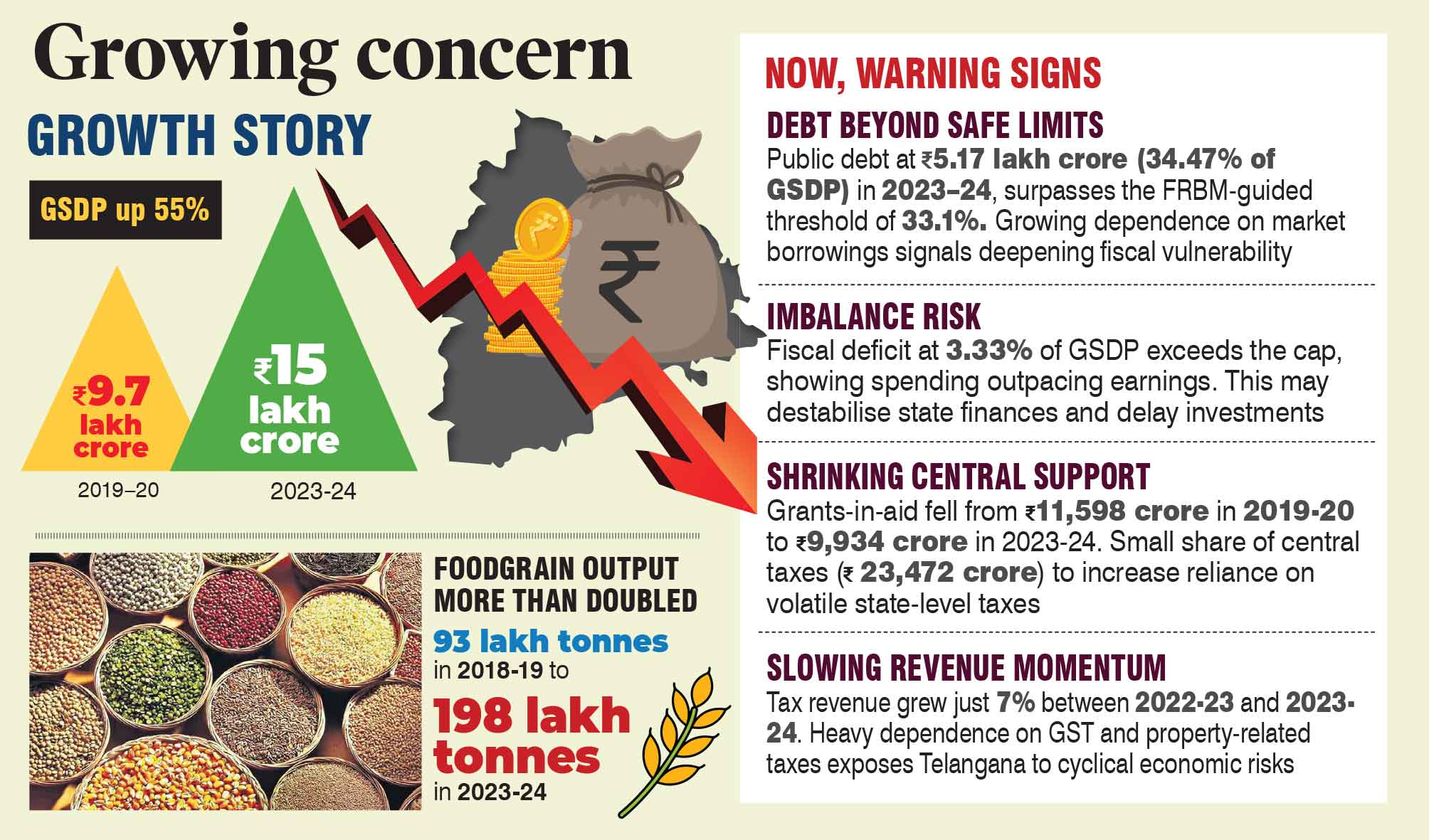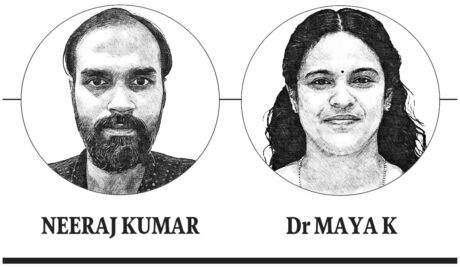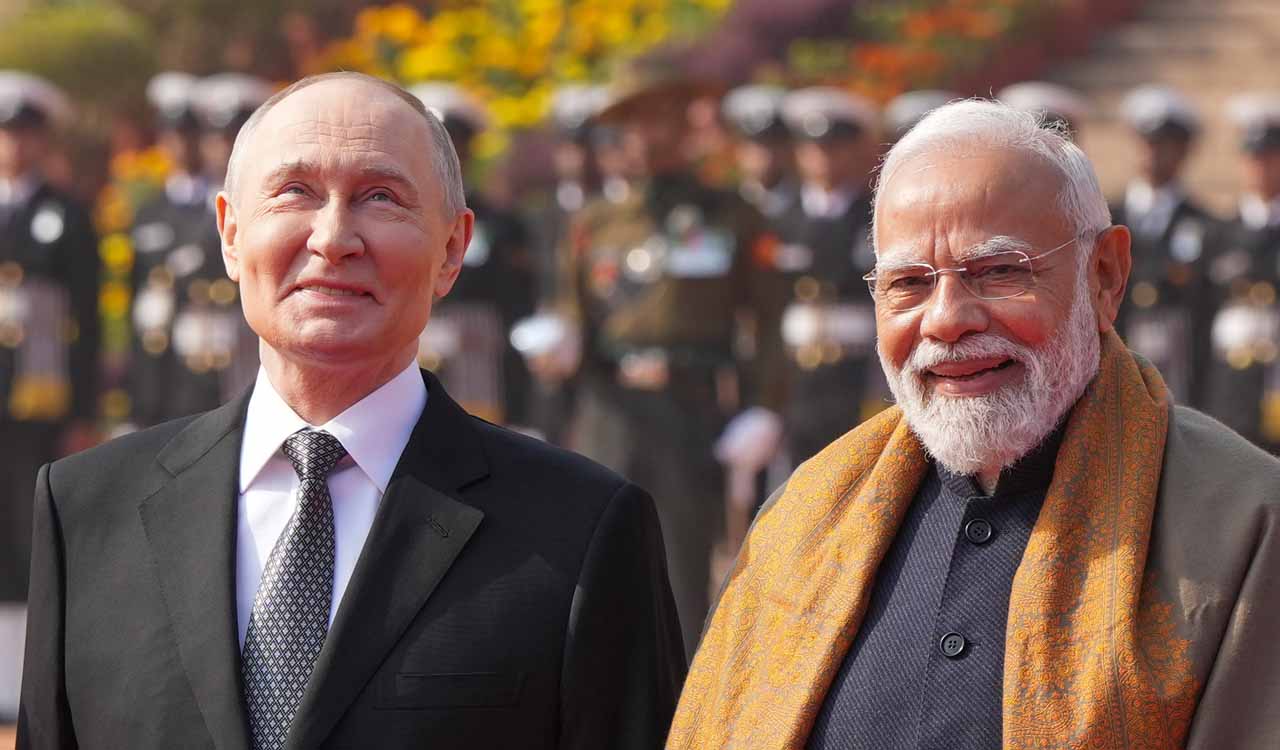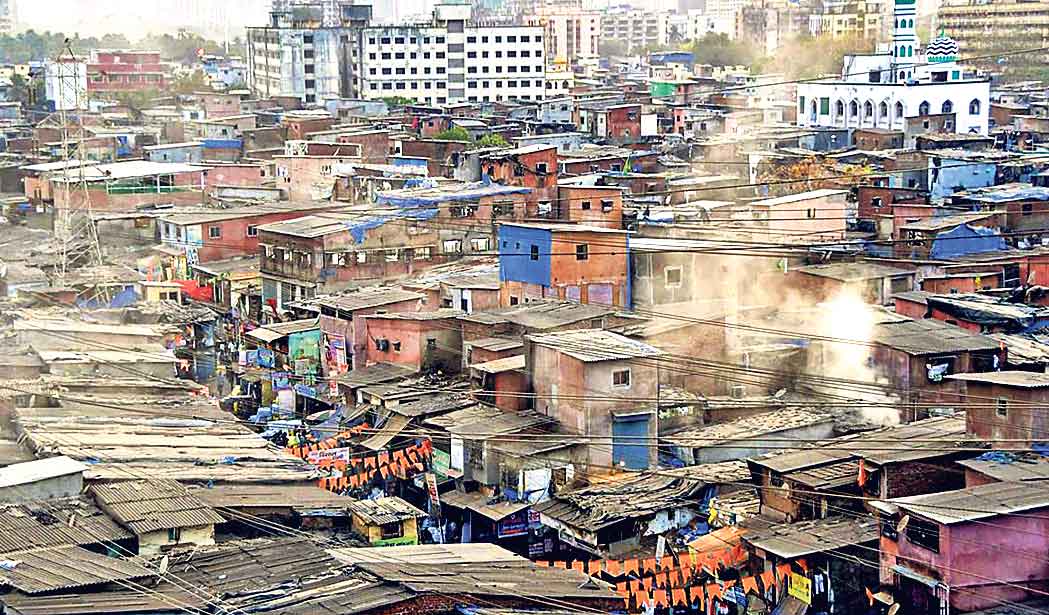Opinion: Borrowing spree risks Telangana’s future
With rising debt and modest revenue growth, the State must balance ambition with fiscal prudence to secure sustainable and inclusive development

By Dr Neeraj Kumar, Dr Maya K
The story of Telangana’s public finances is less about arithmetic and more about direction — the choices a State makes to define its growth path. Telangana’s fiscal record tells a tale of remarkable expansion, large-scale investment, and emerging fiscal pressures. The Gross State Domestic Product (GSDP) stood at Rs 9,69,604 crore in 2019-20 and rose to Rs 15,01,981 crore in 2023-24, a clear sign of rapid economic growth and developmental intent.
Also Read
The Annual Accounts for 2023-24, prepared by the Principal Accountant General (Accounts & Entitlement), Telangana, on behalf of the Comptroller and Auditor General of India (C&AG), present an optimistic picture of progress. The report, laid before the State Legislature, shows that Telangana posted a revenue surplus of Rs 799 crore (0.05 per cent of GSDP), but simultaneously recorded a fiscal deficit of Rs 49,777 crore (3.33 per cent of GSDP), breaching the fiscal limit of 3 per cent set under the FRBM Act.
The total government receipts were Rs 2,19,306 crore, including both revenue and capital receipts. Of this, revenue receipts alone accounted for Rs 1,69,293 crore.
Heavy Dependence on Taxes
Nearly 80 per cent of Telangana’s total revenue receipts came from its own tax sources, primarily the Goods and Services Tax (GST), taxes on income and expenditure, property and capital transactions, and taxes on commodities and services. Non-tax revenue contributed about 14 per cent, while grants-in-aid and contributions formed a modest 6 per cent.
Over the past years, Telangana’s tax base has expanded considerably. Total tax revenue increased from Rs 83,585 crore in 2019-20 to Rs 1,35,540 crore in 2023-24 (62 per cent). However, compared to Rs 1,26,637 crore in 2022-23, the growth was only modest (7 per cent), reflecting a slowing momentum.
At the same time, the State’s share of Union taxes remained relatively small – Rs 23,472 crore, or just 18 per cent of its total tax revenue. Within GST collections, Telangana earned Rs 46,500 crore, which included a central share of Rs 7,205 crore. What is more concerning is the fall in grants-in-aid, from Rs 11,598 crore in 2019-20 to Rs 9,934 crore in 2023-24. This steady decline highlights the growing fiscal independence of the State, but also exposes it to greater risk during economic downturns when tax revenues may falter.
Building for Tomorrow
Public expenditure in Telangana is divided into revenue expenditure, which meets the day-to-day running costs of governance, and capital expenditure, which creates assets and reduces liabilities.
In 2023-24, revenue expenditure stood at Rs 1,68,514 crore, with the lion’s share going to social services (Rs 58,610 crore) and economic services (Rs 54,256 crore). These sectors cover areas like education, health, welfare, agriculture, and rural development.
Meanwhile, capital expenditure amounted to Rs 43,918 crore, reflecting the State’s push for asset creation. Of this, 77 per cent (Rs 33,937 crore) was devoted to economic services, 21 per cent (Rs 9,116 crore) to social services, and the remaining 2 per cent (Rs 865 crore) to general services such as administration. A closer look shows that Rs 27,921 crore, nearly two-thirds of the total capital expenditure, went into irrigation and infrastructure projects, including Rs 26,698 crore on major irrigation, Rs 275 crore on minor irrigation, and Rs 948 crore on roads and bridges.
Irrigation, the Cornerstone
Since 2014, irrigation has been at the heart of Telangana’s developmental strategy. Nearly 61 per cent of total capital expenditure in 2023-24 was channelled into major and minor irrigation, underscoring the government’s commitment to agriculture and farmers’ welfare. The results are visible. The net irrigated area — land actually receiving irrigation — expanded from 17.26 lakh hectares in 2014-15 to 33.64 lakh hectares in 2020-21. As irrigation networks widened, foodgrain production rose from 92.75 lakh tonnes in 2018-19 to 198.37 lakh tonnes in 2023-24. Though growth since 2022-23 (193.75 lakh tonnes) has been modest, the long-term trend remains upward.
Projects such as the Kaleshwaram Lift Irrigation Scheme have come to symbolise the State’s development philosophy — large, transformative, and heavily investment-driven. Yet, this model also carries a fiscal cost.
Debt Burden
Telangana’s growth story is increasingly shadowed by its mounting debt. The State’s outstanding liabilities stood at Rs 5,17,659 crore in 2023-24, amounting to 34.47 per cent of GSDP, exceeding the FRBM-guided debt target of 33.1 per cent. Market borrowings continue to dominate the financing pattern, with Rs 49,618 crore raised during 2023-24. In addition, the government drew heavily on Ways and Means Advances, availing Rs 98,097 crore, of which Rs 1,000 crore remained unpaid at year-end.
The concern is not merely the quantum of borrowing but its long-term implications. Rising interest payments consume a growing share of State resources, leaving less room for social spending. If unchecked, today’s loans could translate into tomorrow’s constraints — borne by future taxpayers through higher levies or reduced public investment.
The Road Ahead
Three urgent priorities emerge for Telangana’s policymakers:
• Diversify revenue sources: Over-reliance on GST, excise, and property registration revenues makes the fiscal base vulnerable to economic shocks. Expanding non-tax revenues and encouraging new service-sector streams can offer resilience.
• Strengthen fiscal control: Ensuring that actual spending aligns with budget estimates is crucial for credibility and investor confidence.
• Rebalance development priorities: While irrigation remains critical, the skewed allocation risks underfunding vital sectors such as health, education, and urban infrastructure, all of which are essential for inclusive growth.
A Moment of Reckoning
Telangana’s 2023-24 accounts reveal both strength and strain. The State has built the capacity to raise its own resources and invest in ambitious projects that have transformed agriculture and infrastructure. Yet, it now faces widening deficits and debt ratios edging beyond safe limits.
Growth powered by borrowing cannot sustain itself indefinitely. Without recalibration, fiscal pressures could erode the space needed for social investment and welfare. Telangana now stands at a fiscal crossroads—to either continue with its borrowing-driven development model or move toward a more sustainable path that blends ambition with prudence.
The decision will determine not just the health of its finances, but also the everyday welfare of its citizens.

(The authors are Assistant Professors, Department of Economics, CHRIST (Deemed to be University), Bengaluru)
Related News
-
BRS village president killed as bike hits divider near Siddipet
38 mins ago -
Three members of a family elected as ward members in Jagtial
42 mins ago -
Sarpanch candidate wins by one-vote in Karimnagar
44 mins ago -
Woman candidate who died during campaign wins in Rangareddy
50 mins ago -
Sarpanch contestant who died by suicide fearing defeat wins election
57 mins ago -
Telangana Today-Namaste Telangana auto show concludes in Nalgonda
1 hour ago -
Two key Congress leaders join BRS in Kothagudem, MP Vaddiraju welcomes the leaders
1 hour ago -
Thousands witness Kalyana Mahotsavam in Siddipet’s Komuravelly temple
1 hour ago




